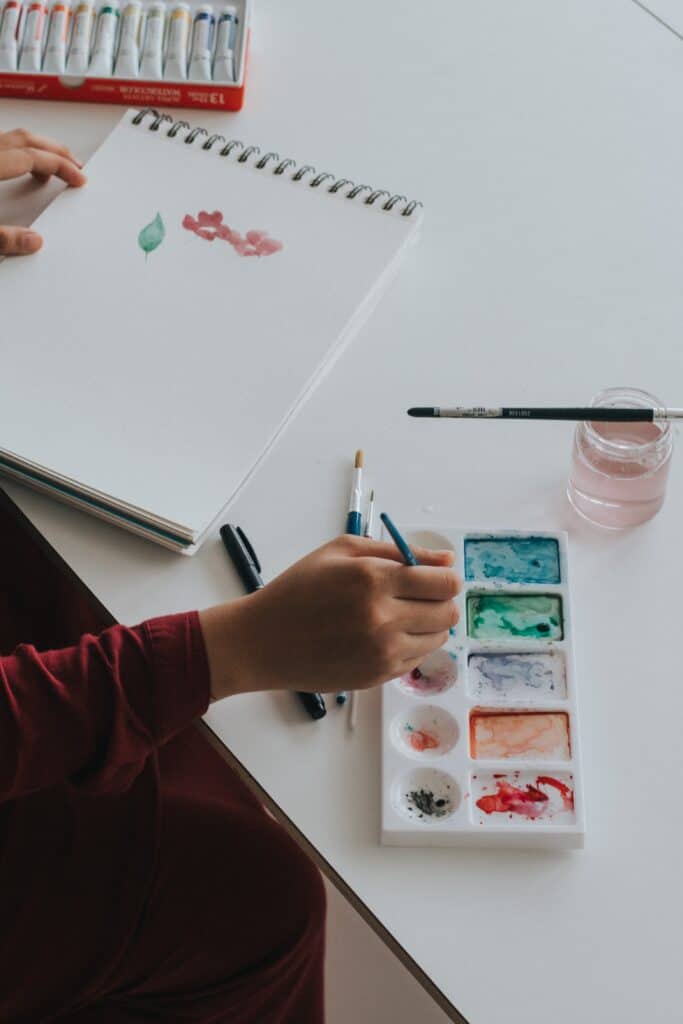Art therapy is a form of psychotherapy that uses visual media, such as painting, drawing, sculpture, photography, and music to help people express thoughts, feelings, memories, and experiences.
Art therapy is an increasingly popular form of psychotherapy that has been gaining attention in recent years. It is a form of psychotherapy that utilises creative expression as a means of promoting healing, growth and self-awareness. Art therapy is used to help individuals explore their feelings and emotions, cope with stress, improve their self-esteem, and develop their communication and relationship skills. It can be beneficial for individuals of all ages and backgrounds, including those struggling with mental health issues, trauma, addiction and physical illness. Art therapy can be used to help individuals overcome challenging life situations, release difficult emotions and gain insight into themselves. This blog post will provide an introduction to art therapy, including what it is, how it works and the benefits it can provide.
The term “art therapy” was coined in 1947. In 1948, the American Association of Museums published the first manual for art therapists, and by 1950, there were about 500 practising art therapists in the United States. By the 1980s, however, fewer than 50 art therapists were working in the field, according to the National Council for Therapeutic Arts.
In recent decades, the number of art therapists has increased dramatically. As of 2016, there are over 11,500 registered art therapists in the United Kingdom alone. There are now more than 3,400 licensed art therapists in the United States.
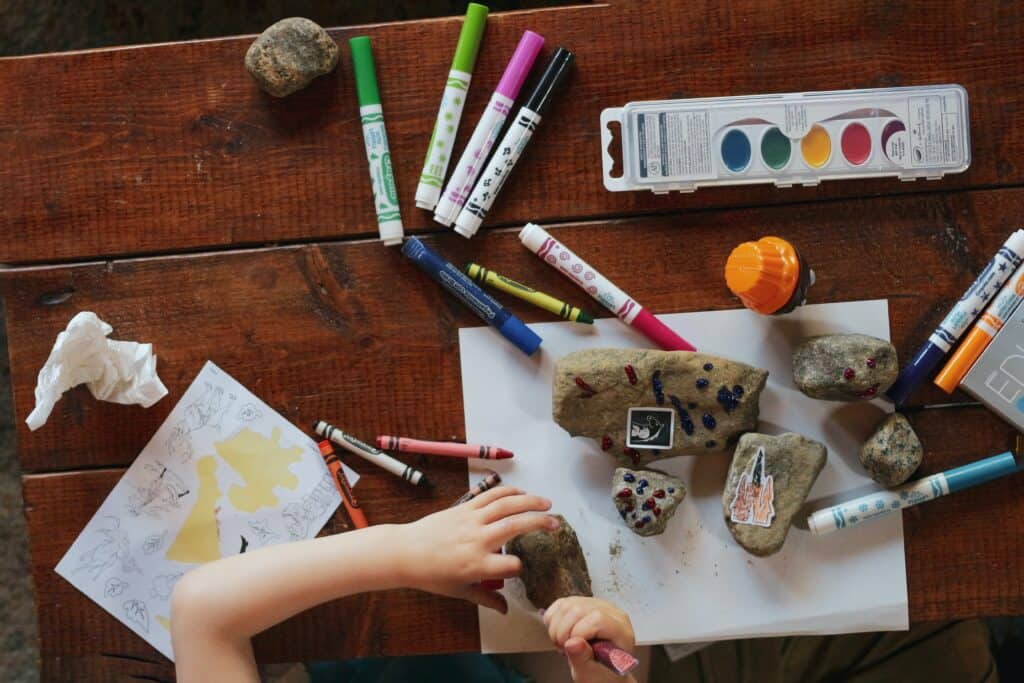
Types of Creative Therapies
Art therapy is one form of therapy. There are several others, including music therapy, dance therapy, drama therapy, drawing therapy, painting therapy, sculpting therapy, clay therapy, photography therapy, poetry therapy, journal therapy, writing therapy, theater therapy, film therapy, puppetry therapy, mask making, body movement therapy, sand tray therapy, and even watercolor therapy. Each of these therapeutic methods uses creativity to help people suffering from mental health issues.
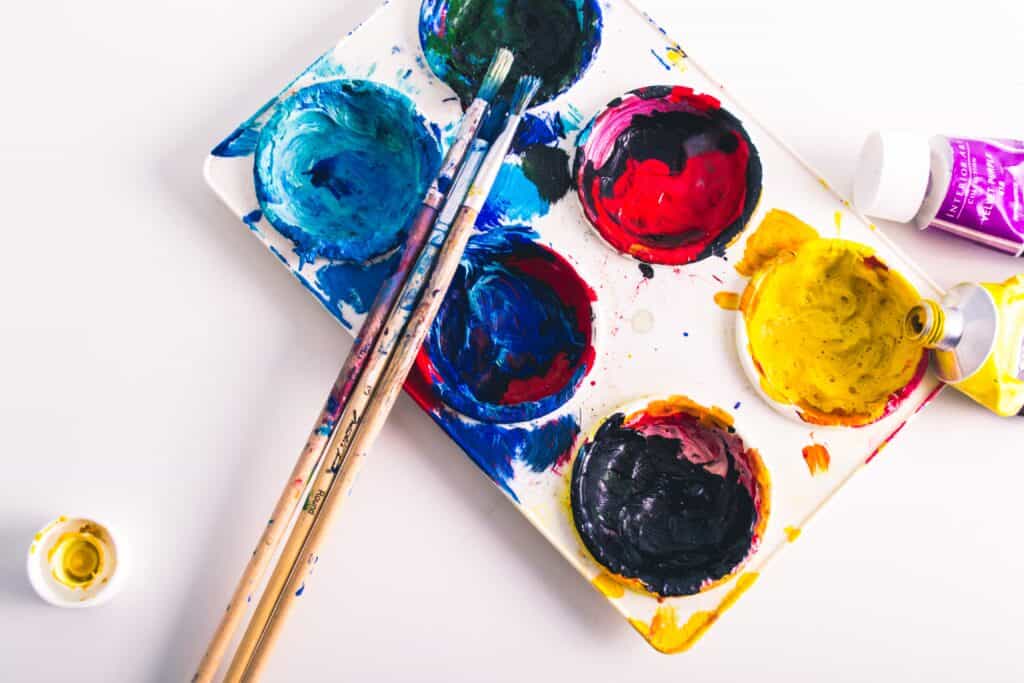
Techniques
Art therapy involves using the creative therapeutic process to help individuals express themselves and deal with issues such as depression, anxiety, trauma, grief, anger, sadness, and fear. Art therapy techniques promote healing and emotional growth by encouraging clients to use their imagination, take risks, and experiment with different mediums. A therapist might encourage a client to draw, paint, sculpt, dance, sing, write poetry, play music, or simply doodle.
The goal of art therapy is not to produce masterpieces; instead, it is to provide opportunities for clients to express themselves creatively. In some cases, art therapy sessions are done individually, while others involve groups of up to 10 participants. Some therapists even incorporate painting into group activities.
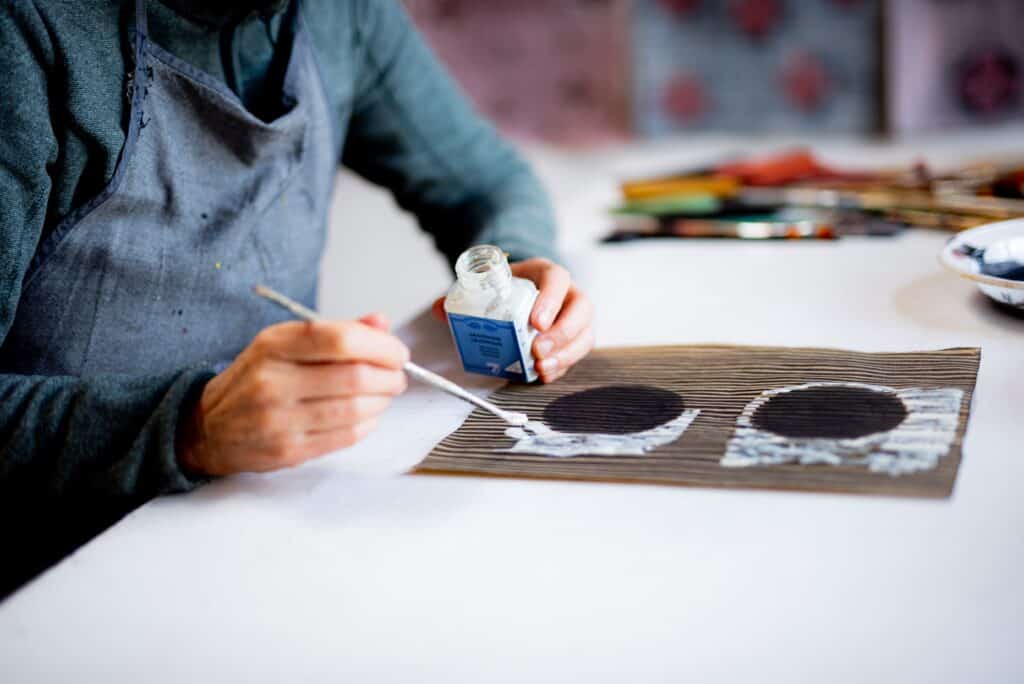
Benefits of Art Therapy
According to a 2016 study published by the Journal of the American Arts Therapy Association, less than one hour of creative activity can help you relax and improve your mental health, regardless if you are talented or not.
Art therapists often utilize different forms of media such as drawing, painting, sculpting, collaging, photography, music, dance, drama, writing, and theater. They may ask clients questions about their lives, feelings, and experiences and encourage them to express themselves through art.
In addition, some clients may prefer to draw pictures or make sculptures rather than talk about their emotions. This type of expressive activity helps alleviate symptoms associated with post traumatic stress disorder (PTSD), anxiety, depression, and other psychological disorders.
The benefits of art therapy go beyond just helping clients feel better; it can change their behavior. For example, research suggests that people who participate in art therapy tend to become more socially engaged and take part in activities outside the therapeutic session.
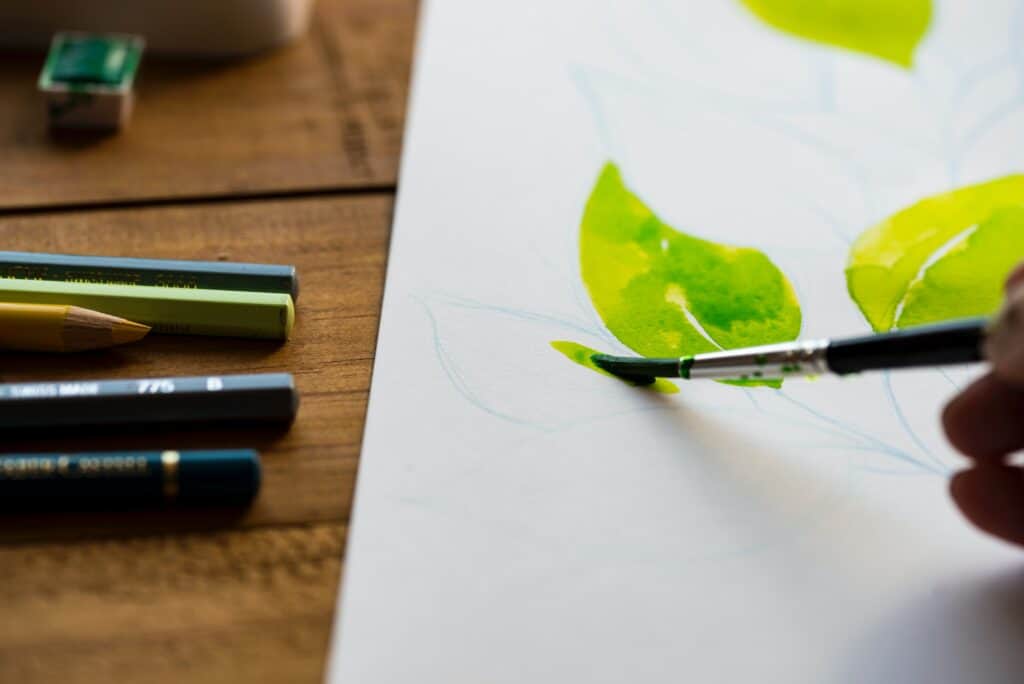
You don’t need to be artistic to participate
People do not need to have artistic ability or special talent to participate in art therapy and people of all ages including children, teens, and adults can benefit from it. Some research suggests that just the presence of art can play a part in boosting mental health.
Art therapy sessions differ from art classes because they focus on helping people express themselves through creative activities rather than teaching them new skills. An art class focuses on teaching techniques or creating a specific completed product. Art therapy is more about allowing clients to focus on their inner experiences.
When making art, people focus on their own perception, imagination, and emotions. Clients should be encouraged to create art that reflects their inner world rather than making something that represents the external world.
Art Therapy Can Take Place in a Variety of Settings
Art therapy services may be provided by inpatient offices, private mental heath offices (private practice), schools, and communities organizations. Art therapy may also be available in different settings such as:
- Art studios
- Colleges and universities
- Community centers
- Correctional facilities
- Elementary schools and high schools
- Group homes
- Homeless shelters
- Hospitals
- Private therapy offices
- Residential treatment centers
- Senior centers
- Wellness center
- Women’s shelters18
However, if specialised media or equipment is needed, then finding a suitable setting may be difficult.
Is Art Therapy For Me?
Art therapy may not be right for everyone. While high levels of creativeness or artistic ability aren’t necessarily required for art therapy to be effective, many people who think they don’t possess these qualities may be reluctant to participate.
In addition, art therapy has not been effective for all mental health conditions. For example, one meta-analysis found that art therapy is not effective in reducing positive or negative symptoms of schizophrenia.
How to Get Started
Getting started is very straightforward. If you think you or someone close to you would benefit from art therapy, follow these steps:
- Find a trained professional. Qualified art therapists will hold at least a master’s degree in psychotherapy with an additional art therapy credential. To find a qualified art therapist, consider searching the Art Therapy Credentials Board website.
- Check your health insurance. Art therapy may not be covered under your health insurance but there might be certain medical waivers to pay for some of the sessions. If your therapist is a licensed psychologist or psychiatrist, they may be able to offer you coverage for their services under your health insurance plan.
- What does the therapist specialise in? Few art therapists specialize in all mental health conditions, so be prepared to find one that specializes in assisting your or your partner’s condition.
- What to expect. Your art therapist will probably ask you some questions about your past medical history as well as your current physical condition and mental state. They might also suggest some themes for you to start exploring by drawing, painting, sculpturing, or another medium.
- Be prepared to discuss your process. As the sessions progress, you’ll likely be asked questions about your art and why it makes you feel the way it does. For example: What was going through your mind when you did the artwork? Did you notice any changes in your mood during the session?


